International
The drama of displacement due to the conflict in the Catatumbo returns to the streets of Tibú
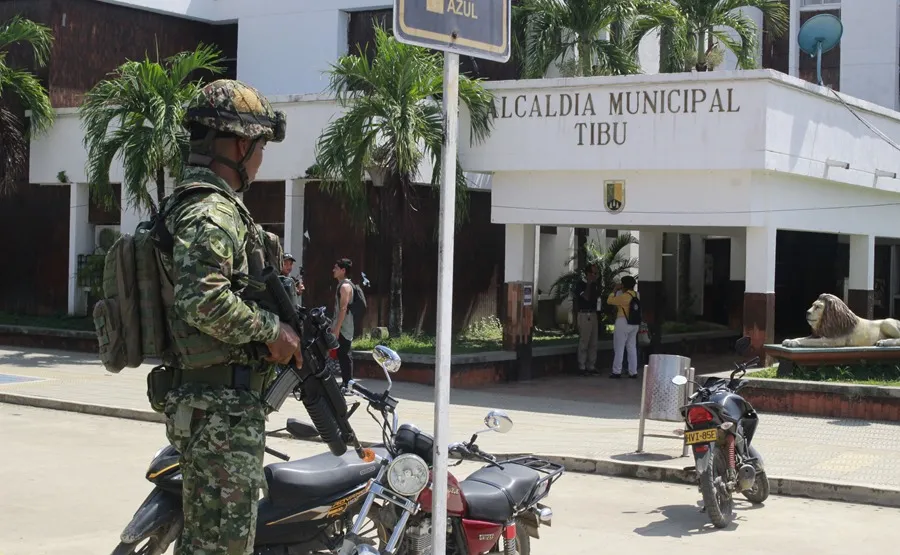
The streets of Tibú, an oil town in the Colombian department of Norte de Santander, have once again been the scene of the exodus of thousands of people who seek refuge from the violence between the guerrillas of the National Liberation Army (ELN) and one of the FARC dissidents.
This town experienced similar scenes between 1997 and 2004 when the massacres of guerrillas and paramilitaries forced the displacement of more than 34,000 people who had to flee to get to safety after being accused of collaborating with the other side.
This time, of the 38,000 displaced people left by the guerrilla war in Catatumbo, about 5,300 are in Tibú and the rest, mostly in Cúcuta, capital of Norte de Santander (15,086) and in Ocaña (11,503), the second city of the department, bordering Venezuela.
In the urban center of Tibú there are five temporary shelters that welcome adults and children and in which the situation is about to become critical.
One of them is the Minor Seminary, converted into an improvised home for those who arrive with their own dramas.
In the different spaces of this place there are temporary beds and people with stories of sleepless nights and the despair that accompanies those who flee aimlessly from the bullets.
“We were two days in silence inside the house. At night we did not turn on the light for fear that they would reach us,” a woman who prefers to omit her name and who fled with her husband and two children from the La 25 sector told EFE.
Another woman, named Luz Mary, from the farmhouse of Miramontes, said that she went out on motorcycles along with several members of her family.
“They told us that we should go out and we left our animals abandoned. It is strong and more for our children,” he told EFE, while in the background some minors were heard chanting “We want peace.”
Don Jaime, a farmer with deep roots in the farmhouse of La Serpentina, shares his story: “My family has lived here for generations. The earth is our home, but now we are forced to flee, but I will return.”
As the days go by, the exodus continues in the deep Catatumbo. Some stay in Tibú, others continue their way to Cúcuta, where there are already more than 15,000 displaced people, or to Ocaña, which has received more than 11,500 people.
The catatumbero Jean Carlos lived closely the beginning of the conflict and fled with 11 relatives on a motorcycle in search of shelter.
“One panics,” he says, and assures that he plans to return to his land as soon as everything calms down because “we have fought hard to have it to leave it thrown away.”
Lieutenant Colonel Miyer Fernando Moreno Gutiérrez, commander of the Army’s Battalion of Military Engineers No. 30, said that they are evacuating civilians in risky conditions, the most recent of them with 40 people.
“With the constant aerial patrol, 120 people have been rescued, including social leaders, peace signatories and communal leaders, who were protected and placed in shelters,” said the officer, who indicated that they have had knowledge of isolated confrontations, but not with the same intensity of the first day.
The humanitarian response continues to arrive and the Government of the North of Santander has activated protocols to provide basic assistance to those affected: food, mats and hygiene kits are distributed among the shelters.
The streets of Tibú are patrolled by the Army and the Police, who try to bring tranquility and order, but fear persists and insecurity remains a shadow over the community.
International
Four suspected PCC members killed in Police shootout in Florianópolis
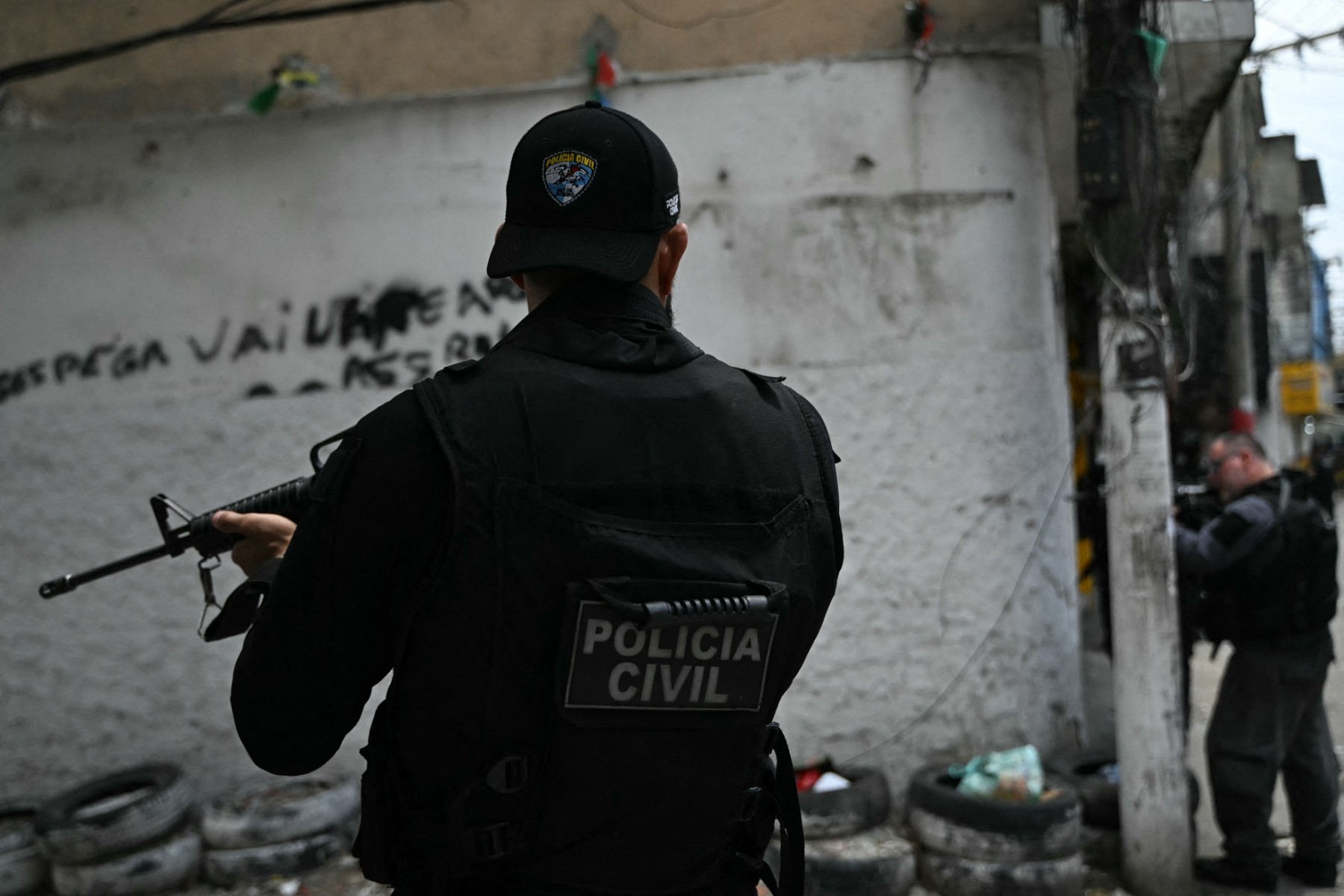
At least four armed men, allegedly linked to an organized crime group, were killed Sunday night during a shootout with police officers at Ponta das Canas beach on the island of Florianópolis, capital of the southern Brazilian state of Santa Catarina, local media reported on Monday.
According to the Santa Catarina Military Police, one of the men killed was a native of the state of São Paulo (southeast) and identified as a leader of the Primeiro Comando da Capital (PCC), a gang that controls drug trafficking in the Papaquara community in northern Florianópolis, one of Brazil’s most popular tourist areas.
Police said officers were conducting a patrol in the Ponta das Canas neighborhood when they noticed a man entering a house in a hurry, raising suspicion. Upon entering the residence, they encountered four heavily armed individuals.
During the police operation, one of the suspects reportedly attempted to seize an officer’s rifle, triggering the exchange of gunfire. “Faced with the imminent threat and the criminals’ high firepower, the officers responded to stop the aggression,” the Military Police said on social media.
International
U.S. uses $4.65 billion in emergency funds to sustain SNAP benefits amid shutdown
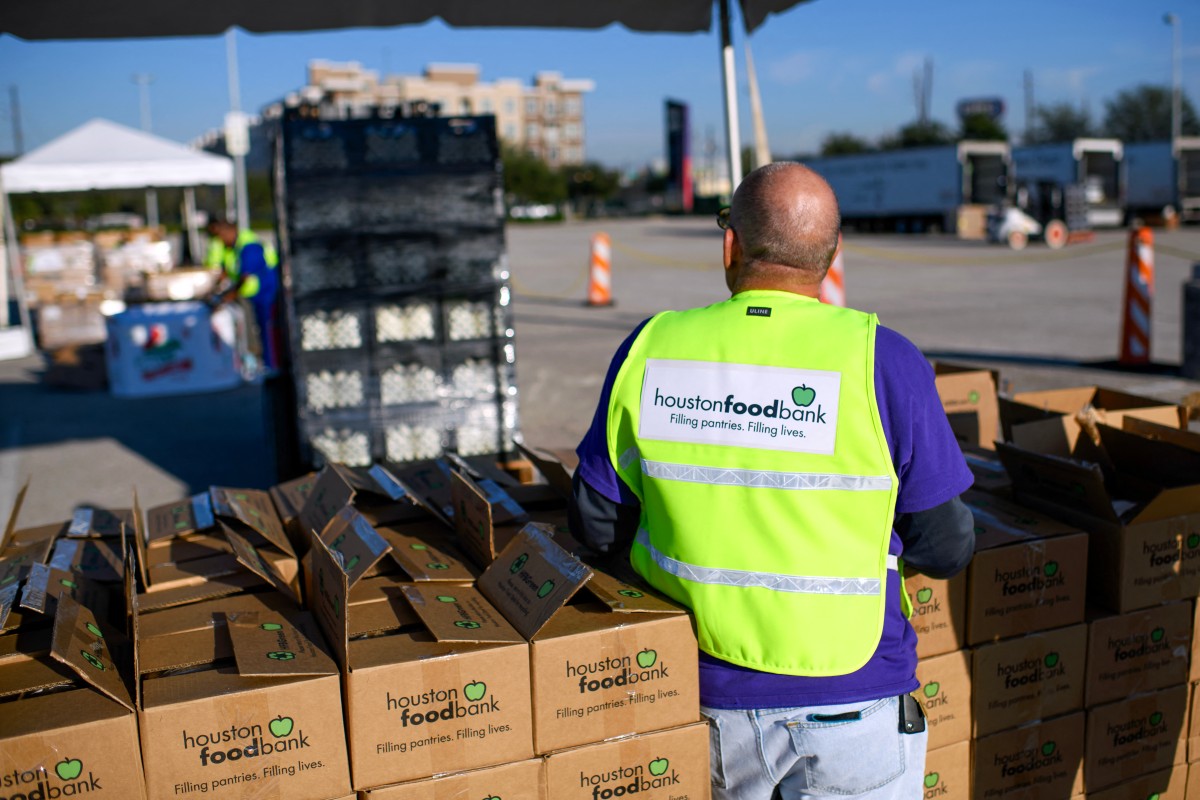
The U.S. government will use $4.65 billion from an emergency fund to finance payments under SNAP, the country’s primary food assistance program, covering roughly “50% of benefits for eligible households,” according to a Department of Agriculture official in court filings.
The administration, however, does not plan to make up the funding shortfall through other resources, as noted in documents submitted to a federal court in Rhode Island.
This announcement follows a federal judge’s order in Providence — one of two issued last week — requiring the government to tap emergency funds to ensure the program remains operational.
The Trump administration argues that SNAP is running out of money amid a month-long federal government shutdown, triggered by a budget standoff between Democrats and Republicans who continue to blame each other for the crisis.
President Trump said on Friday that he was willing to release the necessary funds if the courts required it and emphasized that he does not want “Americans to go hungry.”
Hakeem Jeffries, the Democratic minority leader in the House of Representatives, accused Trump and the Republican Party on Sunday of “weaponizing hunger” during the political dispute.
International
U.S. strike in Caribbean kills three suspected drug traffickers

A U.S. strike on a suspected drug-smuggling vessel in the Caribbean killed three people on Saturday, according to Pentagon Chief Pete Hegseth, marking the latest in a series of attacks in international waters.
The United States has deployed ships to the Caribbean and sent fighter jets to Puerto Rico as part of a large military force that Washington says is aimed at curbing drug trafficking.
“This vessel, like all the others, was known to our intelligence for being involved in illicit narcotics smuggling,” Hegseth stated on X. “Three narcoterrorists were aboard the vessel during the attack, which took place in international waters,” he added.
Experts argue that the attacks, which began in early September, amount to extrajudicial executions, even if the targets are known traffickers.
Washington has yet to publicly provide evidence that the targeted individuals were actively smuggling drugs or posed a threat to the United States.
Hegseth said the U.S. would continue “hunting… and killing” suspected traffickers. He also shared video footage of the strike, showing the vessel being hit and engulfed in flames. As in previous videos, sections of the ship were blurred, making it impossible to verify the number of people on board.
The United Nations called on Friday for Washington to halt its attacks.
-
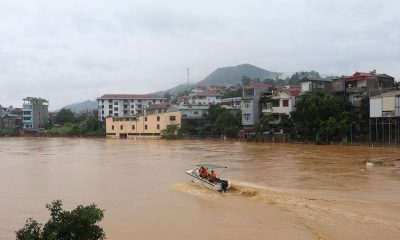
 International3 days ago
International3 days agoFloods in Central Vietnam leave 28 dead, thousands displaced
-
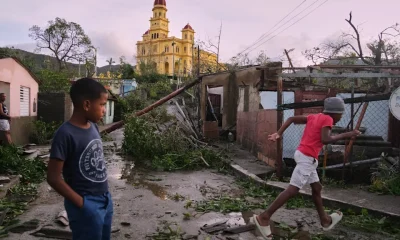
 International4 days ago
International4 days agoHurricane Melissa kills over 30, leaves thousands displaced in the Caribbean
-

 International4 days ago
International4 days agoU.S. considering airstrikes on military sites in Venezuela, reports say
-
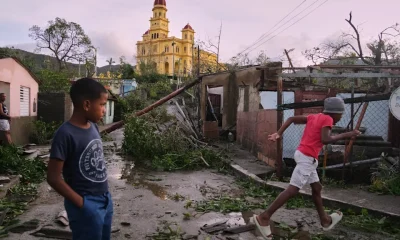
 International5 days ago
International5 days agoHurricane Melissa leaves Jamaican residents homeless as recovery efforts begin
-

 International5 days ago
International5 days agoUS Deputy Secretary criticizes Mexico’s call to end Cuba trade embargo at UN
-

 International5 days ago
International5 days agoVenezuela warns citizens who call for invasion risk losing nationality
-

 International5 days ago
International5 days agoTrump orders immediate U.S. nuclear testing, ending 30-year moratorium
-

 International5 days ago
International5 days agoMexico advances continental shelf claims at UN Commission in New York
-

 International1 day ago
International1 day agoAt least 23 killed in Sonora supermarket blast, including minors
-

 International4 days ago
International4 days agoTrump sets historic low refugee cap at 7,500, prioritizes white South Africans
-

 International5 days ago
International5 days agoBrazilian president defends coordinated anti-drug operations after deadly Rio raid
-

 International4 days ago
International4 days agoUNICEF: Over 700,000 children affected by Hurricane Melissa in the Caribbean
-

 International3 days ago
International3 days agoFBI foils ISIS-Inspired attack in Michigan, arrests five teens
-

 International4 days ago
International4 days agoPope Leo XIV revives Global Compact on Education to confront cultural crisis
-

 International4 days ago
International4 days agoU.S. warns China over Taiwan during high-level defense talks in Kuala Lumpur
-

 International5 days ago
International5 days agoSimeón Pérez Marroquín, ‘El Viejo,’ detained for role in Miguel Uribe Turbay assassination plot
-

 International1 day ago
International1 day agoU.S. strike in Caribbean kills three suspected drug traffickers
-

 International5 hours ago
International5 hours agoU.S. uses $4.65 billion in emergency funds to sustain SNAP benefits amid shutdown
-

 International5 hours ago
International5 hours agoFour suspected PCC members killed in Police shootout in Florianópolis






























